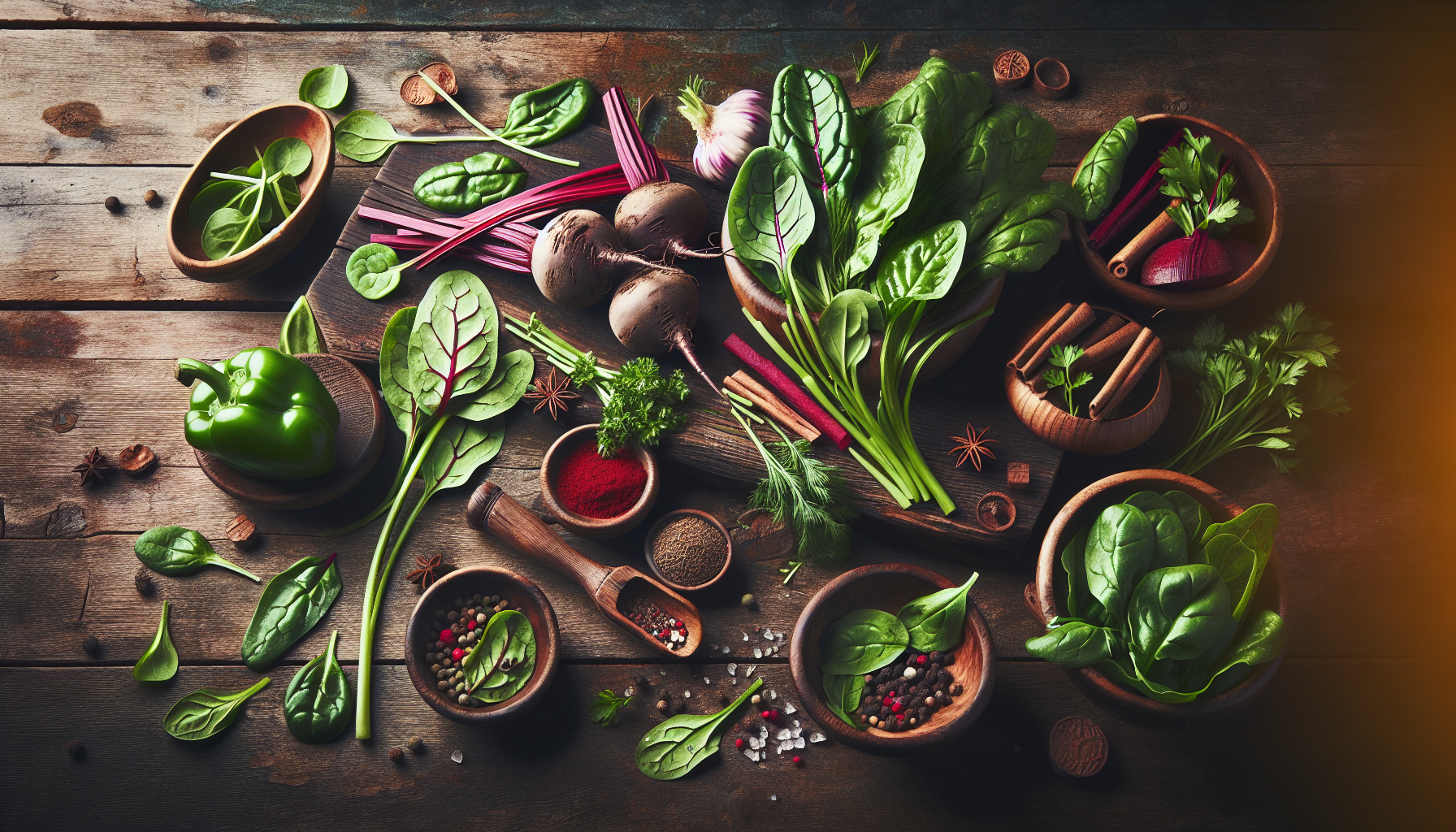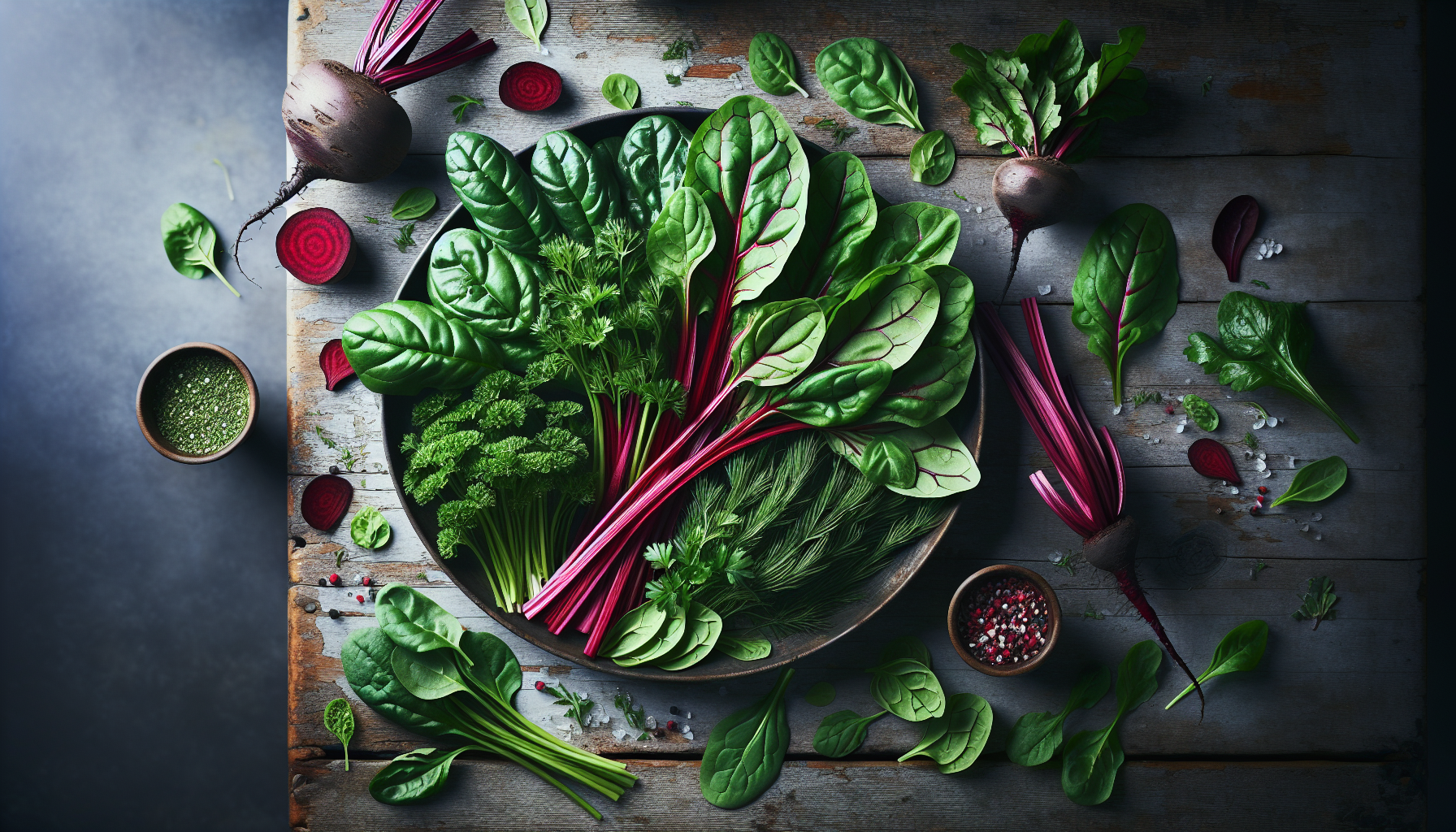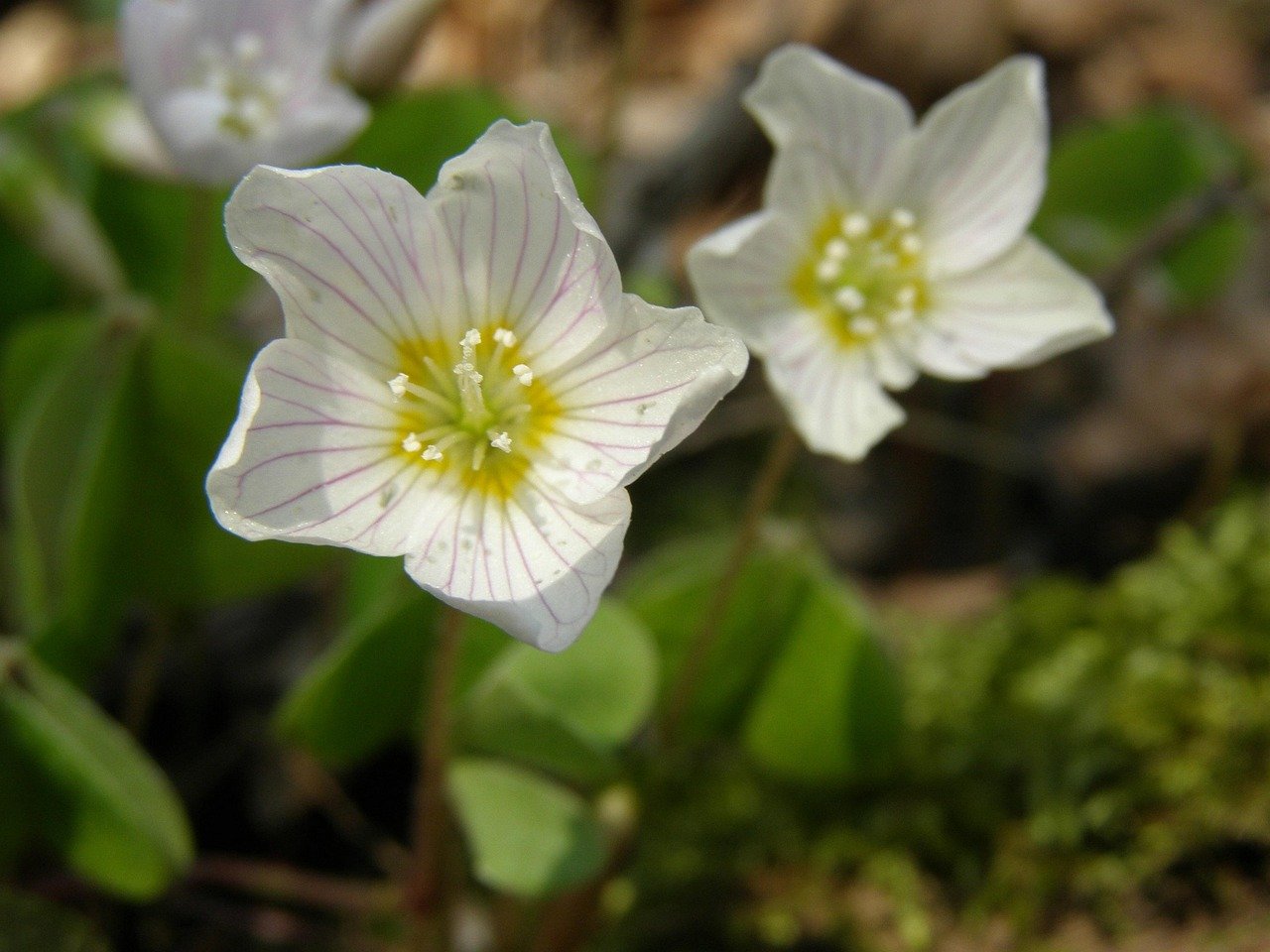What do you really know about oxalates and how they might be lurking in the herbs and spices you love? It’s easy to think that the culinary joys we sprinkle into our dishes are nothing but delightful; however, some of these flavor-boosters come with hidden compounds that might not be as friendly as they seem.
Understanding Oxalates
Before we dive any deeper, what exactly are oxalates? They are naturally occurring compounds found in various foods, including many herbs and spices. Think of them as tiny villains that could potentially create a bit of mischief in your body under certain conditions. They bind with calcium, which can form crystals and contribute to kidney stones in susceptible individuals. But, let’s not panic just yet—knowledge is your ally here.
The Role of Oxalates in the Body
So, what do oxalates actually do in your body? While they can pose risks if consumed excessively, they are also a byproduct of metabolism. Our bodies produce oxalates naturally, and they can help expel excess calcium. However, if you’re dealing with conditions like calcium oxalate kidney stones, keeping your oxalate intake in check becomes vital.
Dietary Sources of Oxalates
You might be surprised to find that oxalates aren’t just hiding in leafy greens. They pop up in a variety of herbs and spices that you might regularly sprinkle into your meals. Here’s a quick breakdown of some common culinary staples that contain oxalates:
| Herb/Spice | Oxalate Content (mg per 100g) |
|---|---|
| Spinach | 800-1000 |
| Parsley | 100-200 |
| Beet Greens | 500-700 |
| Sweet Potatoes | 20-30 |
| Cocoa Powder | 100-350 |
| Basil | 10-20 |
| Thyme | 5-10 |
Keep this table handy, as it will provide insights into how much oxalate you might be consuming in your favorite seasonings. While herbs and spices offer numerous health benefits and flavor, it’s prudent to be aware of their oxalate content.
Common Herbs and Spices High in Oxalates
Let’s get into the nitty-gritty. Some herbs and spices that you might be using every day could be higher in oxalates than you think, so it’s worth taking a closer look.
Spinach
Start with spinach, notorious for its high oxalate levels. It’s great for making your smoothies green, and we’ve all heard about its nutritional kick, but moderation is key if you are oxalate-sensitive.
Parsley
Parsley isn’t just a garnish to brighten up your plate; it packs a punch in terms of flavor. However, it does contain oxalates, making it wise to consider how much you sprinkle atop your dishes.
Beet Greens
Beet greens are another leafy superhero in the kitchen, rich in nutrients but also high in oxalates. These can add a sweet earthiness to your meals but should be used judiciously depending on your health situation.
Sweet Potatoes
Sweet potatoes come with a delightful sweetness and are healthier than regular potatoes, but they also harbor oxalates. Enjoy them, but maybe not in excessive amounts if you are particularly sensitive.
Cocoa Powder
Chocolate lovers, this one’s for you! Cocoa powder, which is loaded with health benefits, does contain oxalates. Enjoy your chocolate treats but keep track of how they may affect your overall oxalate intake.

The Health Impact of Oxalates
Are oxalates outright harmful? It depends on individual circumstances. For most people with healthy function, the body can handle the oxalates without any issues. However, if you have certain conditions like kidney stones, you may need to watch your intake.
Kidney Stones and Oxalates
Kidney stones are a significant concern related to oxalate intake. High levels can lead to calcium oxalate stones, which are the most common type of kidney stones. If you have experienced these before or are at risk, consult your healthcare provider on what dietary adjustments you should consider.
Other Health Concerns
Beyond kidney stones, excessive oxalate consumption can lead to other issues, such as nutrient absorption problems. They can interfere with calcium absorption, which can affect bone health over time. Again, this doesn’t mean you need to eliminate these foods completely, just be mindful of your overall balance.
Balancing Oxalates in Your Diet
Now, let’s talk about balance. You don’t have to give up your favorite herbs and spices entirely. Instead, think about incorporating a mix of both high- and low-oxalate options.
Low Oxalate Herb and Spice Alternatives
If you’re looking to reduce your oxalate intake, there are plenty of lower-oxalate herbs and spices to experiment with. Here’s a short list for you:
| Herb/Spice | Oxalate Content (mg per 100g) |
|---|---|
| Dill | 5-10 |
| Chives | 10-15 |
| Garlic | 5-10 |
| Oregano | 5-10 |
| Ginger | Less than 5 |
| Rosemary | 5-10 |
Incorporating these options can help you maintain flavor in your dishes while being mindful of your oxalate consumption.

Cooking Methods to Reduce Oxalate Content
There are cooking techniques you can employ to help reduce oxalate levels in your food. Understanding these methods can assist in keeping your health on track without sacrificing culinary enjoyment.
Boiling and Steaming
Boiling can significantly reduce oxalate content. If you plan to use spinach or beet greens in a dish, boiling them for a few minutes and discarding the water can help lower their oxalate levels.
Soaking
For some foods, soaking overnight can help extract oxalates into the water. Just make sure to discard the water afterward. This method is particularly useful for nuts and some legumes.
Fermenting
Fermentation changes the chemical structure, which can lower oxalate content. Foods like certain fermented vegetables can be an excellent alternative for making low-oxalate dishes.
Listening to Your Body
Every individual’s body reacts differently to dietary components, including oxalates. It’s crucial to be in tune with how you feel after consuming specific herbs and spices. Track your reactions and consider consulting with a healthcare professional, especially if you have pre-existing conditions.
Keep a Food Diary
Consider keeping a food diary to note your oxalate consumption and how it correlates with any physical symptoms you may experience. This can provide valuable insights for both you and your healthcare provider.

Seeking Professional Guidance
If you’re concerned about oxalate intake, consulting with a registered dietitian or nutritionist could be beneficial. They can help tailor a dietary plan that considers your taste preferences, health status, and nutritional needs.
When to Seek Help
If you’re experiencing frequent kidney stones or other health issues that you suspect might be linked to your diet, don’t hesitate to reach out for specialist advice. Getting a plan in place that suits your needs could save you discomfort and ensure you’re nourishing your body well.
Embracing Herbs and Spices
Despite the concerns surrounding oxalates, it’s essential to appreciate the delicious benefits that herbs and spices bring to your meals. They not only enhance flavor but also often contain antioxidants and other beneficial compounds that support overall health.
A Balanced Approach
Ultimately, it’s about finding a balance that works for you. Enjoying herbs and spices in moderation is perfectly fine for most individuals. Be smart about your choices, but don’t let the fear of oxalates rob you of tasty dishes.

Conclusion
Knowledge is power when it comes to understanding oxalates and their role in your diet. By being informed about the herbs and spices you use and adopting strategies to manage oxalate intake, you can enjoy the culinary delights of your kitchen while staying health-conscious. Embrace the flavors, savor the herbs, and make educated choices that fit your lifestyle and health goals. Your palate and your body will thank you!

